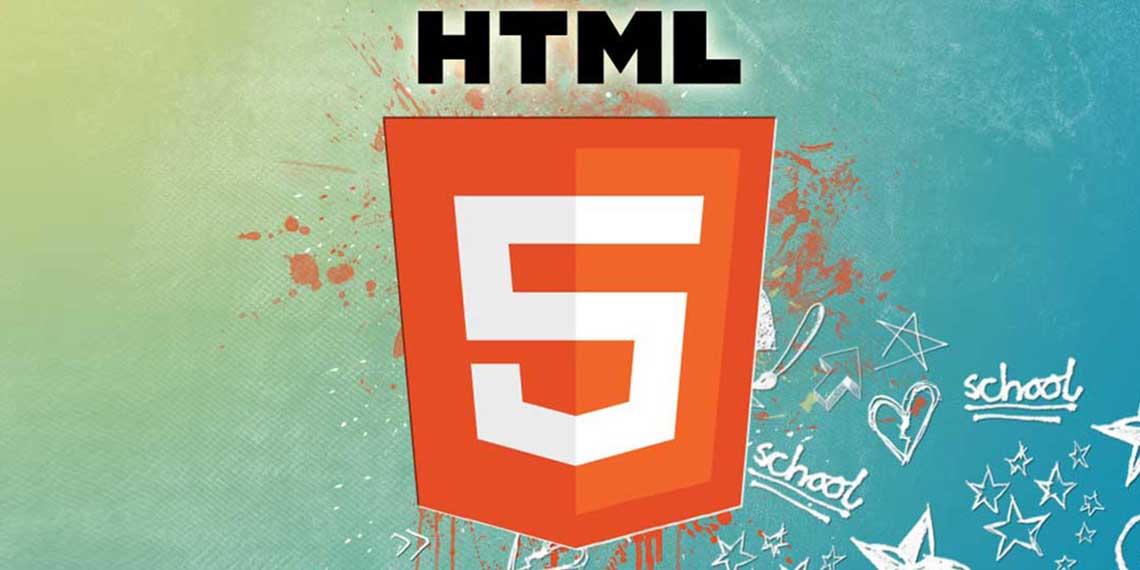
What You Should Know About HTML5
While it may seem that computer jargon is best left with the professionals, being able to understand basic acronyms will help you to better use the internet and all that it has to offer. Following is a simple explanation of what HTML 5 is and what it has to offer.
Defining HTML
HTML is essentially a computer language that is used to create websites. In fact, almost every single site currently online uses some form of HTML.
The last form of HTML was HTML 4. It was created in 1997 and has since been adapted and tweaked so that it can better handle the many demands of an ever-growing number of people who are regularly getting online. Even so, it has fallen short of meeting today’s needs.
Why Updating HTML is so Important
One of the main reasons why HTML 5 is so important is that HTML 4 has never been able to adequately handle high levels of internet based interactivity or common plug-ins such as Flash and Java. With the onset of smart phones, iPods and iPads, HTML 4′s inadequacy has become very noticeable. Because HTML 4 has not been able to provide proper support for the above mentioned plug-ins, Apple has dropped them from the company’s mobile devices. Other smart phone providers have added the plug-ins but have regular support problems with them that frustrate many mobile phone internet users.
HTML 5 solves the plug-in problems by providing needed new features and improving functionality so that all interactive and multimedia heavy websites can be seen from mobile devices without the need to install extra plug-ins. Naturally, content providers are very excited about this new form of HTML and have either signed on for it or will likely do so in the very near future.
Feature Details
Some of HTML 5′s most outstanding features are media playback and offline storage. These features enable you to use certain internet based programs without needing to be online. Any changes or modifications you make using these programs are then automatically updated when you do get back on the internet. This newest form of HTML also enables webmasters to embed media directly on a website using HTML tags, thus saving website storage space.
How to Take Advantage of HTML Now
The fact is that many internet users are probably benefiting from HTML 5 without being aware of it. Safari, Google Chrome and Firefox 3.6 all offer varying levels of HTML 5 support. YouTube, Gmail and Google Reader all use HTML 5 to some degree and major news site such as the New York Times and CNN are starting to this new form of HTML as well.
Naturally, common plug-ins such as Flash and Java are likely to be around for a while. However, they are not going to last forever. HTML is not just a buzzword; it is the future of the internet and will make internet browsing faster and better for users all over the world.
 comments powered by Disqus
comments powered by Disqus
